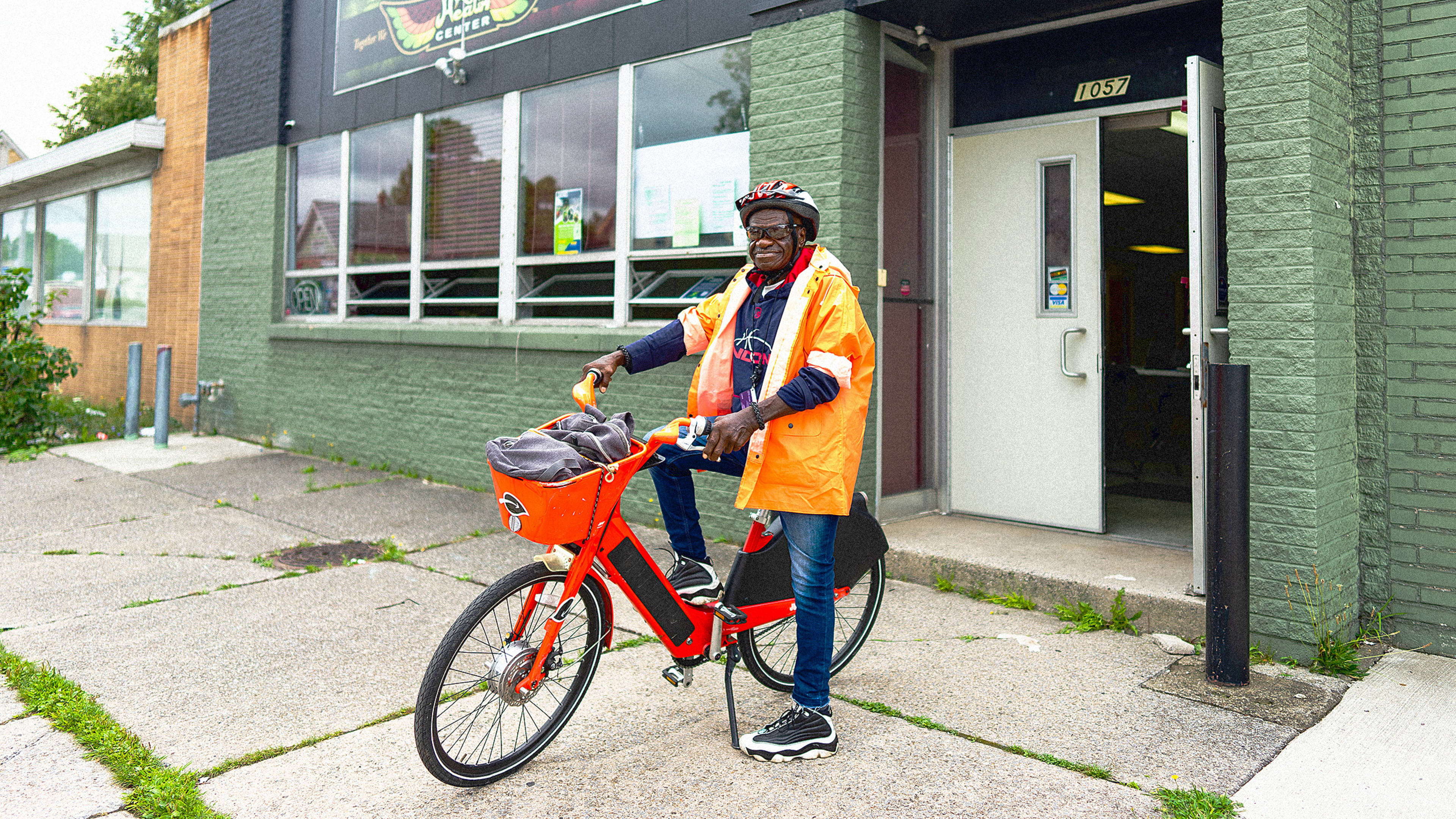At an e-bike library on the east side of Buffalo, if someone needs help getting to work or running errands, they can check out a free electric bike for two weeks. If they need it longer, they can bring it back to be recharged and check it out again.
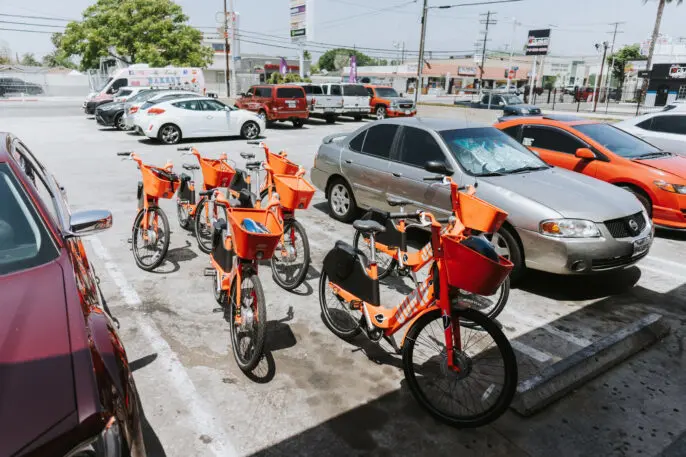
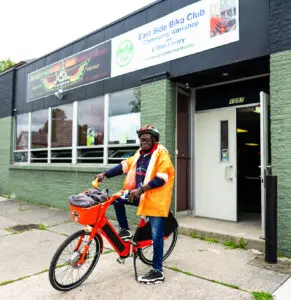
“I said, ‘Send them to us,'” says Michael Galligano, CEO of Shared Mobility, noting that his group could figure out some way to repurpose the bikes for good.
The process wasn’t easy. Uber donated 3,000 of the bikes, but the nonprofit’s small team had to sort through them to determine which were still usable. They also had to figure out how to disconnect the bikes from the servers that tracked them, a system that ate battery life and cost money to keep the servers running.
But last year, the nonprofit was able to start working with two community groups to roll out new e-bike libraries. Those programs expanded this summer, and a network of libraries, each with around 50 to 100 bikes, is starting to grow in other cities around the country.
Galligano argues that shared mobility should be considered a form of public transportation, and funded that way.
“I absolutely think it should be subsidized in some markets [with] public funding to make it work and make it as affordable, if not free,” he says. “I think in some big markets, the for-profit business model works. And in most markets that are not New York or San Francisco, it doesn’t actually work.”
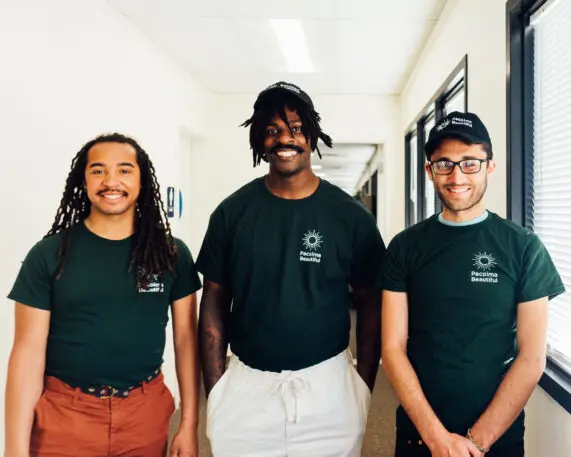
“From our perspective, a locally run nonprofit, community-based organization, or even the transit authority, I would say, cares slightly more about the outcomes of those things than someone looking to turn profit,” Galligano says.
Local groups can also take the time to convince people to participate. Some community members might need help to get comfortable riding a bike again if they haven’t ridden for years. “It’s not as easy as just ‘Hey, it’s free,'” Galligano says.
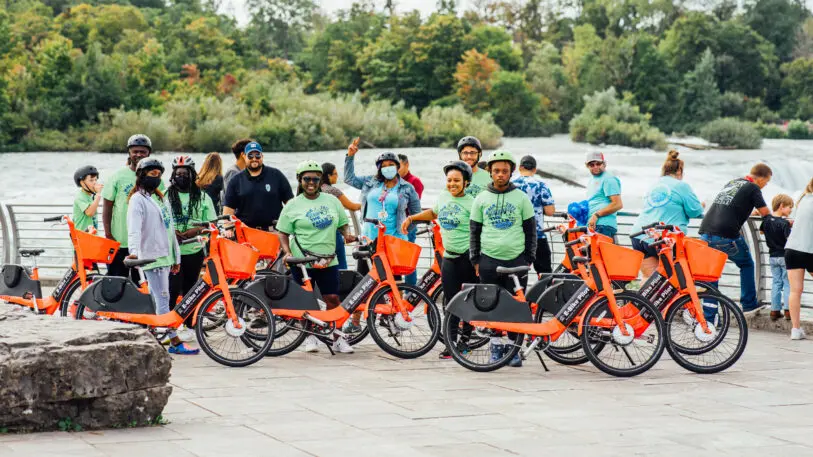
“Bikes are game changers . . . for a lot of folks that aren’t as active,” he says. For someone who’s older, an e-bike that uses “pedal assist” could help them exercise more if they feel comfortable riding longer. One study found that older riders also got a bigger boost to mental health when riding an e-bike than a regular bike.
Two other community groups, north of Los Angeles in the San Fernando Valley, have partnered to lend out the repurposed bikes to residents for as long as nine months. The program offers training on how to ride, along with free helmets, locks, and access to mechanics. One of the goals is to help people drive less and reduce local air pollution.
Another project, in Durham, North Carolina, is using the donated bikes as it studies how to get downtown workers to drive less to cut carbon emissions. In Chicago, another group is setting up a library and currently using the bikes in an educational program for youth.
Shared Mobility helps get the bikes ready for use and offers operational and mechanical training, and then the community-based organizations raise money to run the libraries. The nonprofit is now working in other areas to set up more e-bike libraries, and still has hundreds of bikes left to give out.
New e-bike libraries are also starting to form independently. In Oakland, for example, the city plans to launch a pilot program to loan out 500 electric bikes in low-income neighborhoods that don’t currently have access to e-bike sharing.
Recognize your brand's excellence by applying to this year's Brands That Matters Awards before the early-rate deadline, May 3.
